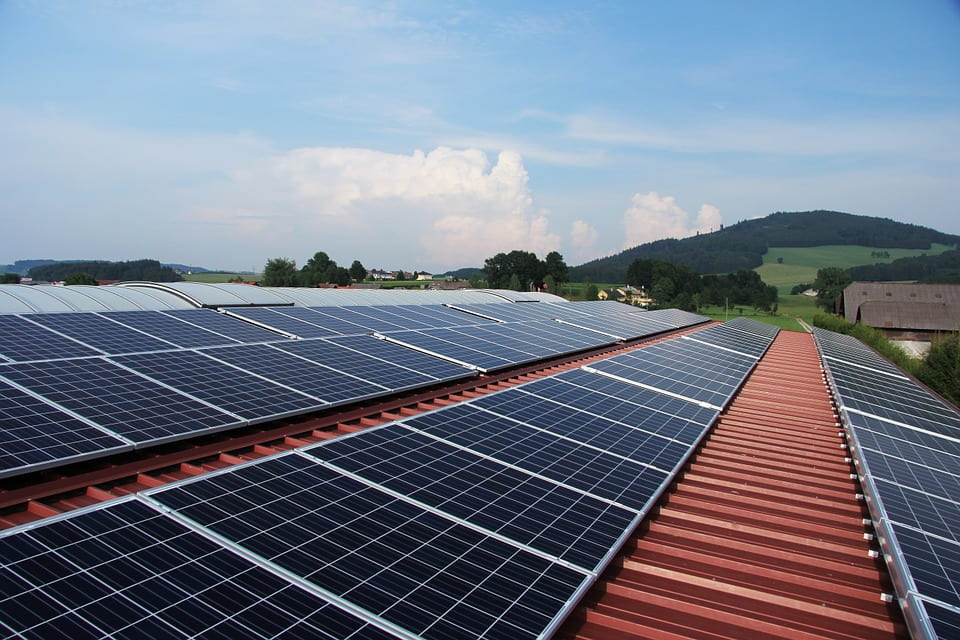By Ben Goldson
Ben Goldson explores whether renewable co-operatives are the solution to climate change.
Between 2013 and 2018, the amount of solar power either produced or purchased by American cooperatives increased by nearly ten times, according to a study by the National Rural Electric Cooperative Association (NRECA). Optimistically titled “A Solar Revolution in Northern America” by its authors, the study’s findings are part of a worldwide uptake of renewable co-ops, which serve as an alternative to purchasing electricity from private corporations or the state. The fact that these traditional providers do not rely predominantly on renewable energy has allowed for the co-ops to be marketed as more than just a cheap deal for frustrated consumers. Instead, they are sold as a way to save the planet while also saving money, as a radical yet affordable solution for the impending climate crisis.
In a 2013 study published by the academic journal Energy Policy, co-operatives in nine countries were assessed for their ability to overcome barriers when it comes to the transition away from fossil fuels. Study author Dr Eric Viardot concluded that in all countries, from Denmark to the United States, these barriers were successfully reduced by the co-ops employing “community-based social marketing initiatives” to make renewable energy more attractive. While one of Viardot’s identified initiatives was simply low prices, he also highlights educational communication, local offers with complementary services and cooperative distribution as the ways that co-ops are advancing the cause of renewable energy.
Of the nine countries in Viardot’s study, all have governments providing subsidies to renewable co-ops. In the United States, tentative support began under the George W. Bush administration, with the establishment of a Solar Incentive Tax Credit. Under Obama, this was expanded as part of the administration’s wider goal of significantly reducing the United States’ reliance on fossil fuels, which saw the eventual creation of the “Clean Power Plan” in 2015. Already, Obama’s Department of Energy had partnered with the NRECA to form the Solar Utility Network Deployment Acceleration (SUNDA) project, which worked to support 17 co-ops across the United States in harnessing the power of the sun to generate electricity.
In its 2018 report, the NRECA highlighted SUNDA as being key to the dramatic increase which took place in the five years previously. They credit the programme with making solar co-ops more economical, and it is likely that governmental support such as SUNDA is responsible for the jump recorded since 2013. Yet, in a thesis submitted as part of a Masters of Urban Planning, Pauline S. Membrino identified ongoing barriers to the accessibility of solar power for low and average income communities in Seattle, even with the proliferation of co-ops in recent years. As a result, Membrino called for greater support from the government, in terms of subsidising the costs, as well as improving coordination between the various providers.
Currently however, it seems that this is unlikely. Early on in his campaign for President, Donald Trump was harshly critical of the Obama administration’s push to move away from fossil fuels such as coal, framing it as an elitist attack on workers that weakened the country as a whole. In the White House, Trump has moved to roll back Obama’s legacy on energy, signing an executive order to force the Environmental Protection Agency to review the Clean Power Plan. Although the Plan has yet to be completely scrapped, the EPA recently introduced new regulations on air quality under Trump appointee Andrew R. Wheeler. The changes were welcomed by industry groups such as the National Association of Manufacturers but criticised by environmentalists, who saw them as steps towards finally getting rid of Obama’s legislative legacy on climate change.
Even before the Trump administration, it is unclear whether renewable co-ops would have gone on to provide the revolutionary change in energy supply that advocates such as the NRECA predicted it would. While the support of previous Presidents has boosted their uptake, this has yet to develop a country-wide network of community providers. Instead, the co-ops seem not to have broken out of a fairly small circle of wealthy neighbourhoods, which likely reflects inadequate support from government to make them accessible to those who lack the income to buy membership. This is not to downplay the importance of cooperatively owned sources of renewable energy in mitigating the effects of climate change, as they will have to play a key role in any wider strategy to confront the looming catastrophe. If anything, this importance makes it vital that they do not simply become the holdings of wealthy and isolated communities amidst the wider turmoil which is predicted to take place over the coming decades. As a result, renewable co-ops have to be incorporated into a broader strategy which combines community engagement with government support if they are going to do more than just provide cheap power for a few people.
Ben Goldson is a news and current affairs broadcaster at 95bFM radio in Auckland.
Disclaimer: The ideas expressed in this article reflect the author’s views and not necessarily the views of The Big Q.
You might also like:
Q+A: What are the best ways to mitigate climate change?

